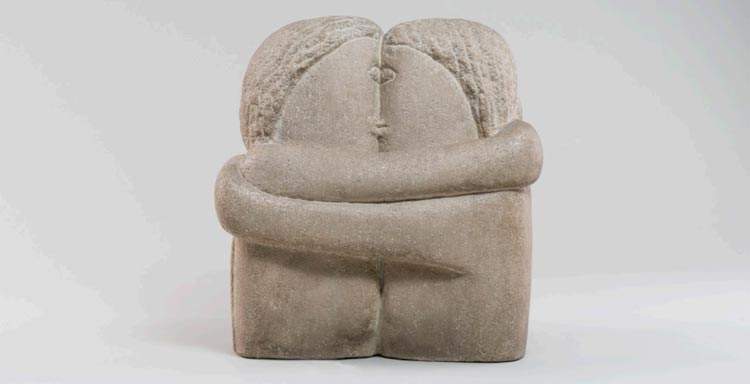In Romania a major exhibition on Constantin BrâncuÈ?i with more than 100 works
One of the most important exhibitions on Constantin BrâncuÈ™i in the last fifty years is being held in TimiÈ™oara, Romania: entitled BrâncuÈ™i. Romanian Sources and Universal Perspectives, the exhibition, curated by Doïna Lemny, one of the most influential experts on the Romanian artist, is scheduled from September 30, 2023 to January 28, 2024 at the National Museum of Art in the Banat city, European Capital of Culture 2023. The exhibition brings together more than 100 works by BrâncuÈ™i, many of them exhibited for the first time in his native country, focusing on his early and mature period, with the aim of reconfirming BrâncuÅŸi as an essential artist for 20th-century art and a key figure in Romanian and universal culture.
With loans from the Centre Pompidou, the Tate Gallery, the Romanian National Museum of Art and other museums and private collections, this exhibition, organized by the TimiÈ™oara National Museum of Art, the Art Encounters Foundation and the French Institute in Romania, offers a wide variety of sculptures, drawings, photographs and film footage filmed by the artist. “BrâncuÅŸi,” explains curator Lemny, "passes into art history as a symbol of the renewal of sculpture in the early 20th century, following his decision to distance himself from his academic training and Auguste Rodin, and forge his own path. With his Romanian culture and fascination for primitive art, the artist was able to extract the essential from all forms and then enrich them with the modernist ideas of the Parisian avant-garde. Emblematic works such as The Kiss, Mademoiselle Pogany, The Sleeping Muse, The Endless Column and Bird in Space would later be seen as milestones of modern art."
The exhibition also intends to highlight various aspects of the artist’s connection with his homeland and Romanian art and literature: the emphasis, in particular, is on his early period, influenced by his formative years in Romania and the constant dialogue the artist had with his colleagues in Bucharest through his participation in various artistic events. BrâncuÅŸi is, therefore, an example of an artist who starts from real things and beings but whose essence he captures through a long process of creation and reflection, which no longer belongs to a given geographical space but to the world. In one of his workshop notes, probably written in old age, BrâncuÈ™i shares his vision of a world without boundaries, in which all natural elements, from beings and plants to geological phenomena, contribute to the harmony of creation: “My homeland, my family. It is the spinning earth, the blowing wind, the floating clouds, the flowing river, the blazing fire, the green grass, the dry grass, the dust, the snow.” This note expresses the cosmogonic conception at the heart of BrâncuÈ™i’s work seen as a whole, which this exhibition aims to convey. A rich catalog also complements the exhibition present.
“The exhibition,” says Ovidiu Șandor, president of the Art Encounters Foundation, “will reveal what is truly singular about an artist who managed to generate pure forms, somehow freed from all influences. BrâncuÈ™i was and remains an artist who transcended all geographical, historical and strictly formal boundaries, which has secured him a special place in art history beyond any artistic current. On the other hand, Constantin BrâncuÈ™i was one of the great artists of the Parisian avant-garde of the first half of the 20th century and an undisputed benchmark of modern sculpture. The last Romanian exhibition dedicated to the great sculptor was organized over fifty years ago, in 1970. Hosted at the National Art Museum in TimiÈ™oara, the exhibition will touch many hearts and minds in Romania and represents a symbolic homecoming for BrâncuÈ™i. An exhibition that will explore both the Romanian inspiration with which Brâncusi arrived in Paris and the metamorphosis that led him to become the universal artist everyone appreciates.”
For more information you can visit the website of the Timișoara National Museum of Art.
Image: Constantin BrâncuÈ™i, The Kiss (1907; Craiova, Museum of Art)
 |
| In Romania a major exhibition on Constantin Brâncuși with more than 100 works |
Warning: the translation into English of the original Italian article was created using automatic tools. We undertake to review all articles, but we do not guarantee the total absence of inaccuracies in the translation due to the program. You can find the original by clicking on the ITA button. If you find any mistake,please contact us.



























